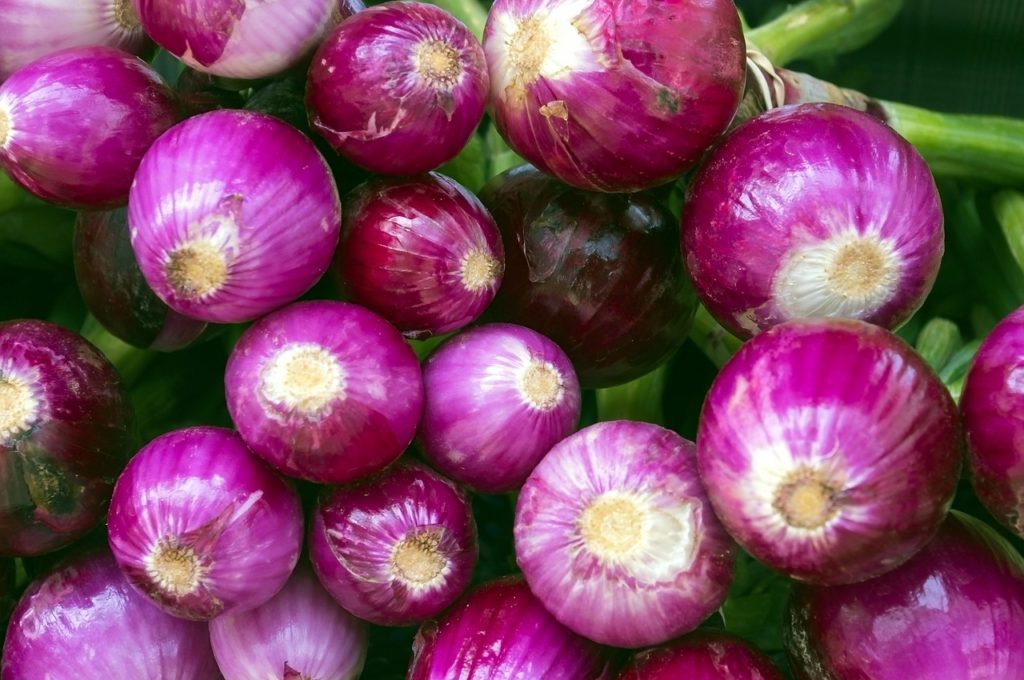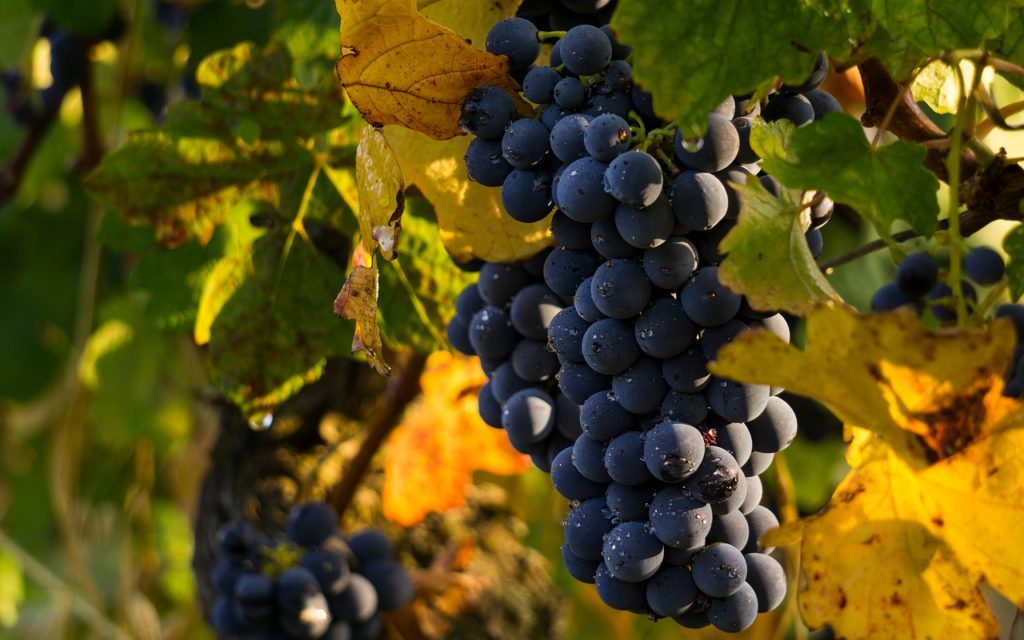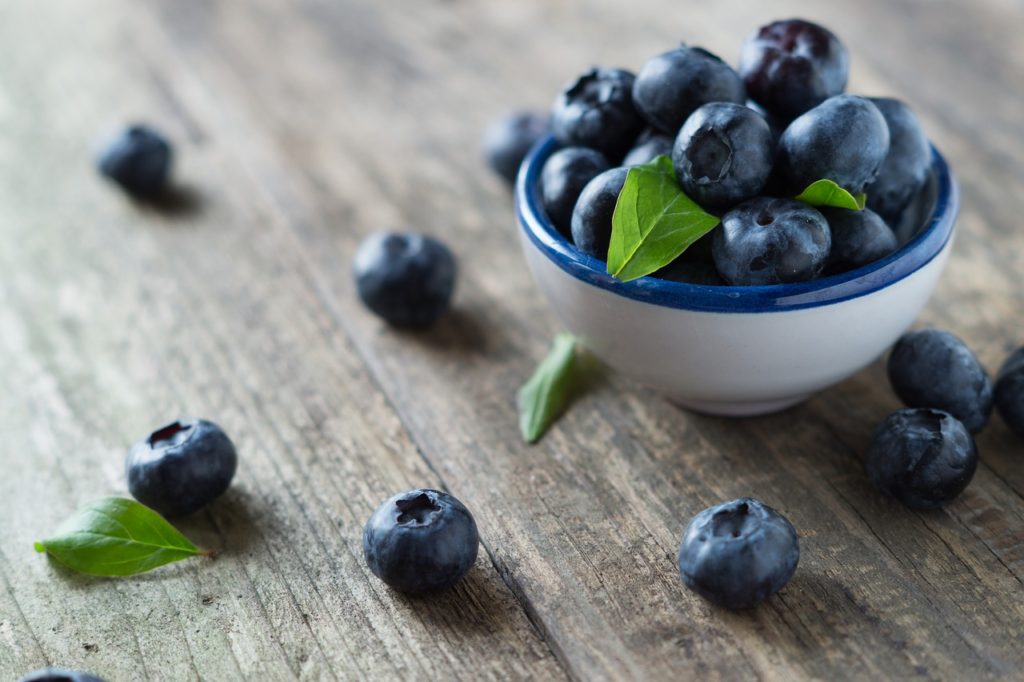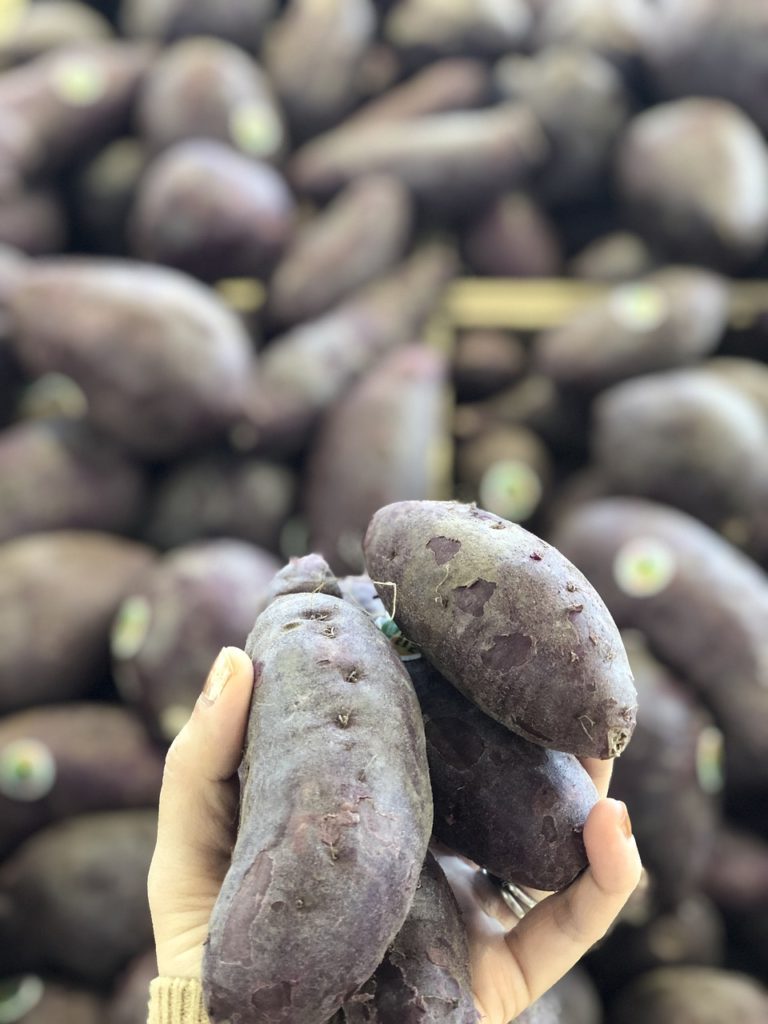Did you know that the colors often missing on ones plate are blue and purple? Let’s change that! Blue and purple foods contain phytonutrients that are anti-inflammatory and anti-cancer with potential for protecting from disease of the brain, heart and blood vessels.

Common Blue/Purple Foods
- Blueberries
- Grapes
- Figs
- Purple sweet potatoes
- Prunes
- Raisins
- Purple carrots
- Eggplant
- Blackberries
- Plums
- Cabbage
- Onions
- Purple cauliflower
- Purple kale
- Purple rice
- Purple tomatoes
- Purple corn
- Beets
Three Common Phytonutrients in Blue/Purple Foods:
Resveratrol:
- Anti-inflammatory.
- Improvement in blood sugar control.
- May help decrease blood pressure.
- Animal studies have shown that Resveratrol can decrease “bad” cholesterol and increase “good” cholesterol, increase lifespan, suppress cancer cells and reduce joint inflammation.
- Common blue/purple food sources of Resveratrol are the skin of grapes and red wine.

Pterostilbene:
- Animal studies have found benefits in lowering cholesterol, improving cognition as well as anti-cancer properties.
- Animal studies have shown that Pterostilbene is protective against coronary heart disease and liver disease. Animal studies have also shown improvements in blood sugar and cholesterol.
- Common food sources of Pterostilbene include blueberries and grapes.

Anthocyanins:
- Possess anti-microbial as well as anti-cancer properties.
- Improve visual and neurological health.
- Help control blood sugar and decrease insulin resistance.
- Common blue/purple food sources of anthocyanidins include blueberries, blackberries, purple sweet potatoes, purple tomatoes, purple corn.

A great way to increase your intake of blue and purple foods on your plate is to pick items such as purple cauliflower, purple carrots, purple sweet potatoes or purple kale instead of the traditional varieties. Go try them!! You might be surprised how much you like them.
